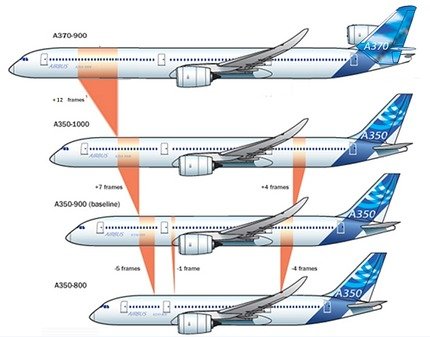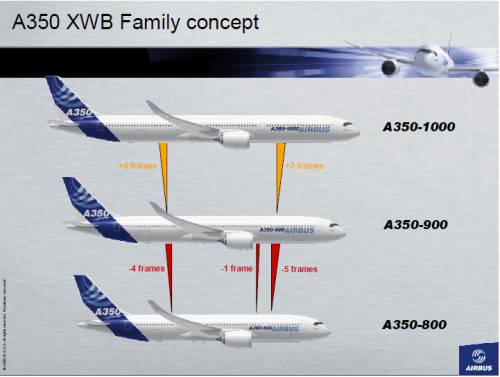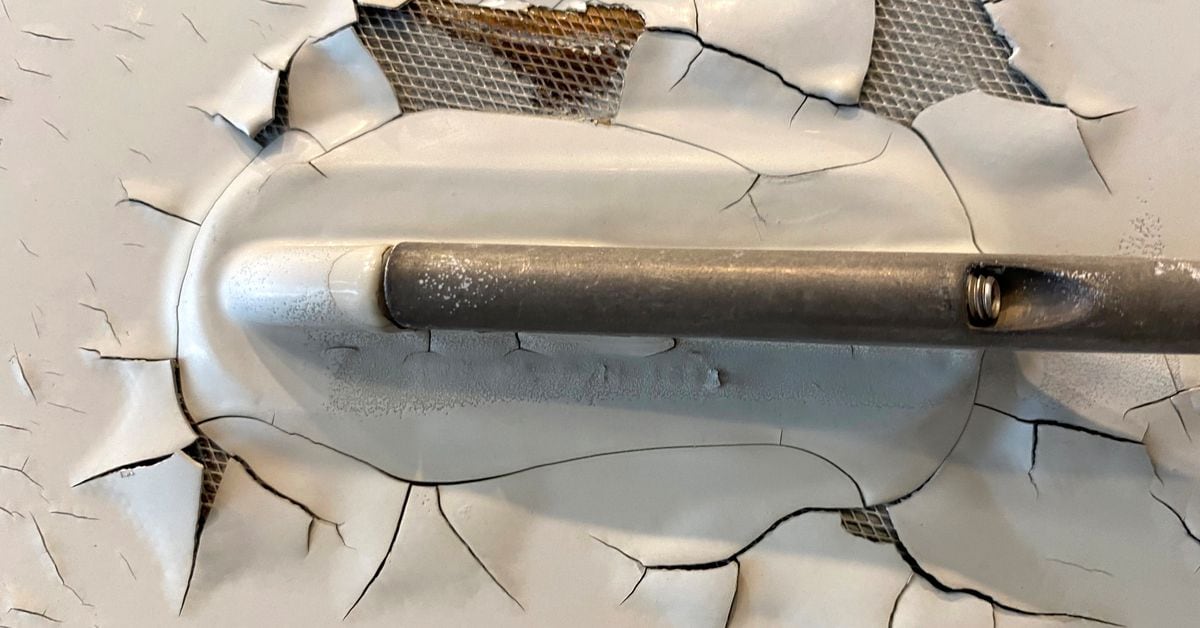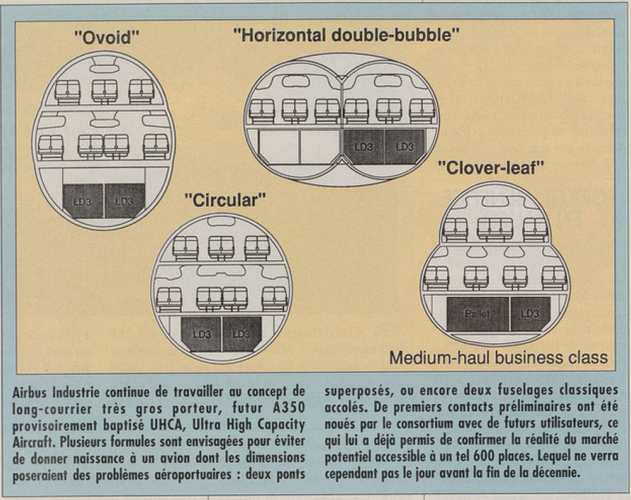In further woes, the planemaker was also forced to call off a ceremony planned for Saturday to deliver its new A350 jetliner to Qatar Airways after the Gulf airline said it was delaying the handover indefinitely.
Analysts said the rebuff from the airline, famously picky about accepting new aircraft and widely believed to use such tactics to obtain last-minute concessions, was overshadowed by concerns over the model it replaces, the A330.
Airbus, which has already announced plans to cut A330 production by 10 percent to nine aircraft a month, said it would have to cut production again in 2016 to an unspecified level.
That follows slow progress in finding buyers for the current model ahead of a mid-term upgrade called A330neo in 2017, as well as a sharp output ramp-up for the all-new A350.
"The most critical years are 2016 and 2017," Enders told analysts at an investor conference.
Airbus said core operating income would return to growth in 2017. Some analysts had expected double-digit improvements as early as 2016.
Airbus shares tumbled 10.4 percent, the biggest one-day percentage fall since July 2008, to close at 43.175 euros, their lowest close since mid-October.
Aerospace analyst Rob Stallard said the transition between current models and new ones, which also affects the smaller A320 family, was proving a bigger drag on profits than expected.
For now, analysts advised against reading too much into the postponed first A350 delivery, which Airbus has targeted by year-end and which it still predicts will happen "very soon".








